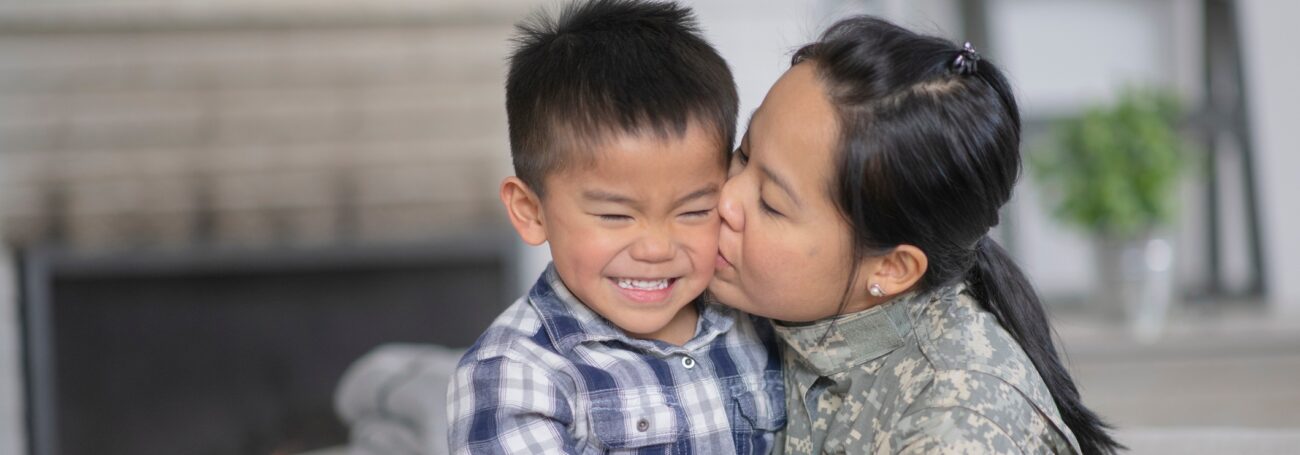Maternal Infant Health Outreach Worker Program
Maternal Infant Health Outreach Worker Program (MIHOW)’s primary goal is to improve maternal and child health outcomes through a strength-based approach to home visiting. MIHOW trains peer mentors to support women during pregnancy to become physically, mentally, and emotionally healthy for their baby’s arrival. Once the baby is born, MIHOW focuses on promoting positive parent-child interactions and establishing a safe, stable, nurturing environment.
What is the model’s approach to providing home visiting services?
Home visits take place once per month. Services are provided until the child is 3 years old. MIHOW requires at least 80 percent of families served to initiate services prenatally.
MIHOW’s target population includes the following:
- Expectant mothers
- First-time mothers or first-time parents
- Teenage mothers or teenage parents
- Unmarried mothers or single parents
- Parents/caregivers with limited education
- Low-income families
- Parents/caregivers experiencing physical/social isolation or limited support system
- Families experiencing language barriers
Who is implementing the model?
Home Visitors
MIHOW was implemented by 26 home visitors in 2019. The model recommends a high school diploma or GED and experience in the community for home visitors. The maximum caseload requirement for home visitors is 40 families.
Supervisors
MIHOW was implemented by 7 supervisors in 2019. The model recommends a bachelor’s degree for supervisors.
Where is the model implemented?
MIHOW operated in 7 local agencies across 4 states in 2019.

Families Served Through Home Visiting in 2019
Race
0% American Indian/Alaska Native
0% Asian
37% Black
0% Native Hawaiian/Pacific Islander
60% White
* Multiple
0% Other
Caregiver age
26% ≤ 21 years
39% 22-29 years
36% 30-44 years
0% ≥ 45 years
Caregiver education
34% No HS diploma
42% HS diploma or GED
17% Some college or training
8% Bachelor's degree or higher
Ethnicity
33% Hispanic or Latino
68% Not Hispanic or Latino
Household income
90% Low-income status
10% Not low-income status
Child age
70% < 1 year
30% 1-2 years
0% 3-5 years
Child insurance status
91% Public
<1% Private
8% None
Primary language
58% English
42% Spanish
0% Other
